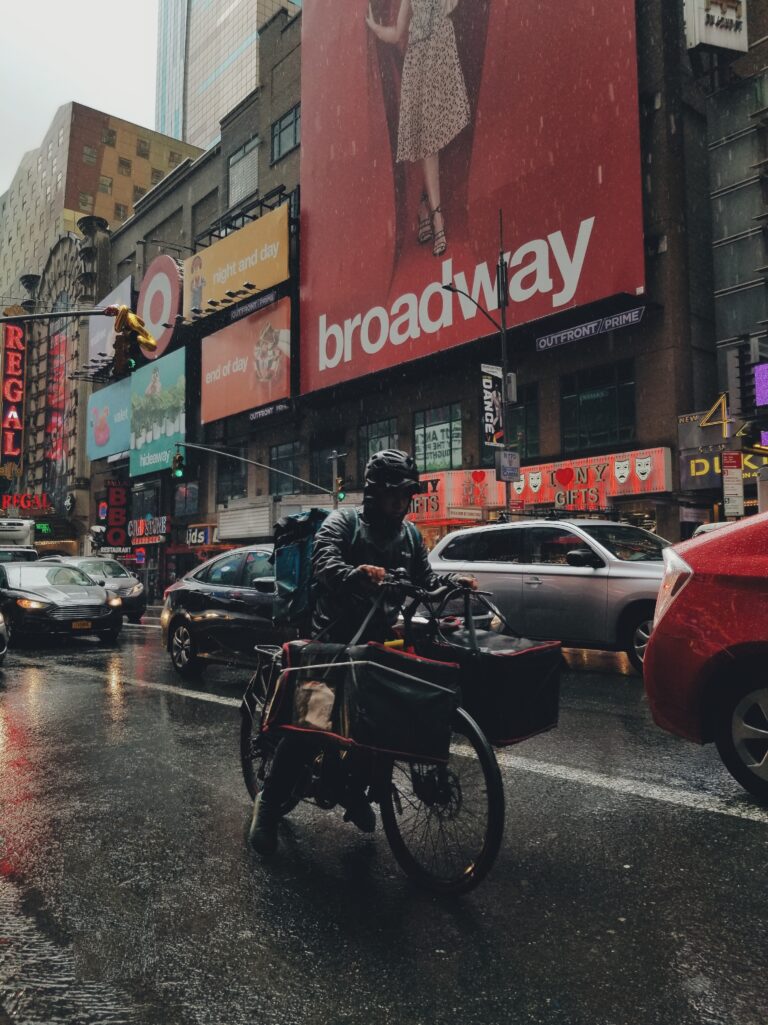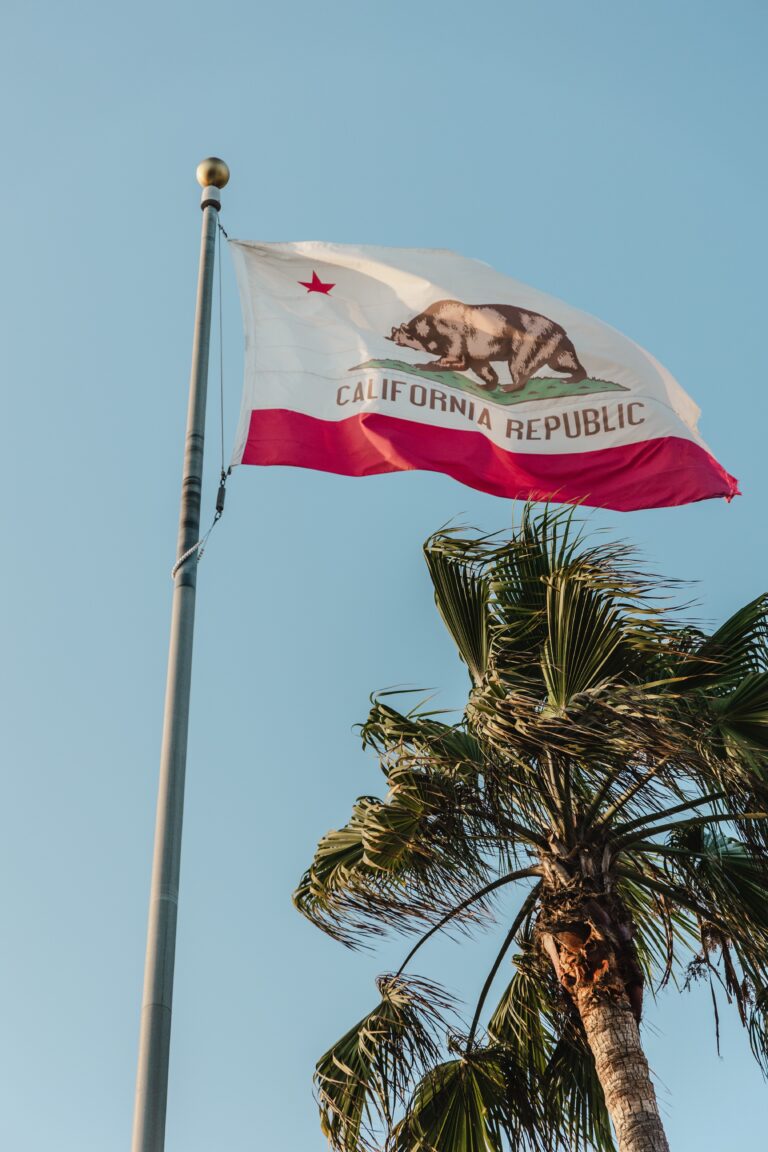Monica Wilk is a student at Harvard Law School.
Over twenty-five years after the hit single “Supermodel (You Better Work)” launched RuPaul’s career, the drag queen and pop icon has found a second career as the host, lead judge, and executive producer of the VH1 reality show RuPaul’s Drag Race. Since the series’ debut in 2009, RuPaul has hand-picked over 120 drag queens to compete for the crown of “America’s Next Drag Superstar.” Now in its tenth season, Drag Race’s growing popularity brings its alumnae unprecedented mainstream popularity and commercial opportunities, including the spin-off show RuPaul’s Drag Race All-Stars.
The remarkable success of RuPaul’s media empire has brought new attention to an industry that largely continues to exist on the margins of society. The vast majority of drag queens—including Drag Race alumnae—are independent contractors working in an underground network of gay bars and nightclubs. Like many of the 57.3 million freelancers working in the United States, drag queens struggle to make ends meet with erratic work schedules, unpredictable income, and no benefits. But unlike most other industries, drag is a highly stigmatized, often alienating profession. Performers regularly experience harassment, violence, and rejection from family members and friends. Even within the gay community, many struggle to find romantic partners.
Moreover, drag is both expensive and incredibly competitive. Aspiring drag queens spend hundreds of dollars on wigs, make-up, and costumes to perform in amateur shows for nothing but tips to gain exposure. For queens successful enough to make money off their craft, the pay might still barely cover the costs of performing. A decent gig in a city like New York pays around $100; a decent quality drag wig, without professional styling, costs $95. In an unaired scene from the current season of Drag Race, popular New York City queen Monét X Change admitted to the other contestants, “Can I be honest? The only reason why I’m doing Drag Race is so that I can maybe afford health insurance one day.”
Even within a badly fragmented gig economy, the industry has a rich history of mutual support and solidarity. Without the publicity of Drag Race, local queens typically find work though grassroots networking and informal labor organizing. Seasoned queens adopt compelling new talent into their house, or drag family, creating a mother-daughter bond that provides professional mentorship and emotional support. Somewhat similar to early labor support groups, houses are semiformal networks of solidarity through which aspiring drag queens receive job training and access professional networks. In a community where discrimination and rejection are common experiences, houses are also important social support systems that help build solidarity between performers. While relationships vary, drag mothers typically teach their drag daughter how to become successful drag queens. Daughters might learn how to apply make-up, build costumes, or choreograph performances. Certain houses are known for certain abilities, such as costume design, or particular styles of drag. The performer Alyssa Edwards, a fan-favorite from season five of Drag Race, is the matriarch of the Haus of Edwards, a Texas house known for talented dancers and success in drag pageants like Miss Gay America. She adopted her daughter Shangela Laquifa Wadley, a recent runner-up of Drag Race All-Stars, after casting her to perform as one of her male back-up dancers in a pageant. After Alyssa put Shangela in drag for the first time, Shangela eventually went on to win the drag pageant title California Entertainer of the Year.
Drag mothers may also introduce daughters to other professional drag queens, promoters, and club owners, or use their contacts to help broker their daughter’s first gigs as a paid performer. Respected drag queens have significant cultural capital in the gay community, and being adopted into a well-regarded house is seen as an honor and validation of talent. Because drag names are such an important part of the profession, many drag daughters will actually take their mothers’ last name, in part to brand themselves as members of their house, but also as a symbol of intimacy and solidarity. Drag families are such a deeply engrained part of drag culture that producers of Drag Race often reach out to alumnae during casting calls, using these preexisting networks to find new talent for future seasons. On the current season, half of the contestants are related to queens from previous seasons.
In the increasingly commercialized world of drag, Drag Race alumnae can leverage their drag personas into lucrative brands. But as Shangela noted in an interview with Forbes, “[A] lot of us didn’t know how to approach our new found fame. If you’re not familiar with the business, you can get taken advantage of.” Used to living gig-to-gig and negotiating their own booking fees, many Drag Race queens are overwhelmed by their sudden popularity and rely heavily on talent managers to guide their careers. Shangela went through a series of managers following her appearance on the show, including one who booked her for shows without her knowledge and stole her booking fees. When she realized many of her friends went through similar experiences, she sensed a need for an agency managed from a performer’s perspective.
In response, Shangela founded the talent and event management agency Say What Entertainment in 2014. Shangela’s background in business and public relations, in addition to her experience and connections in the industry, make her uniquely qualified to manage the careers of professional drag queens. But she developed her clientele through a very familiar network—the Haus of Edwards. Unsurprisingly, the first Drag Race queens represented by the agency were affiliated with the house, including Alyssa herself and another of her daughters, Laganja Estranja. SWE also represents “new” house member Gia Gunn, who became so close to Laganja after filming Drag Race that they currently live together.
With the help of two full-time staff members, Shangela has grown SWE into a full-fledged agency that not only handles performance bookings but also represents its performers in negotiations for acting roles, endorsements, and speaking engagements. Through events planned and organized by SWE, Alyssa, Shangela, and Laganja often perform together as a kind of drag supergroup. While each performer is a celebrity in their own right, their combined fame as the Haus of Edwards books more shows, draws bigger crowds, and leads to superstar opportunities, such as collaborating with Miley Cyrus on her 2015 performance at the Video Music Awards.
Work is a running theme in drag culture. “You better work!” is RuPaul’s trademark catchphrase and an unofficial motto for the industry. In her song “Werqin’ Girl,” Shangela lists what goes into getting ready for drag—hair, make-up, nails, outfit, shoes—before declaring, “Now punch the clock, it’s time to work!” Alyssa refers to almost everything related to drag as the “gig,” especially her face. “I need to get up in this gig, girl,” she once said while admiring her reflection. While work and identity are often connected, a drag queen’s work is unusually immersive and transformative. With little control over employment conditions or their social status, queens find solidarity in their shared pursuit of an unforgiving, uniquely rewarding labor of love.










Daily News & Commentary
Start your day with our roundup of the latest labor developments. See all
April 18
Disneyland performers file petition for unionization and union elections begin at Volkswagen plant in Tennessee.
April 18
In today’s Tech@Work, a regulation-of-algorithms-in-hiring blitz: Mass. AG issues advisory clarifying how state laws apply to AI decisionmaking tools; and British union TUC launches campaign for new law to regulate the use of AI at work.
April 17
Southern governors oppose UAW organizing in their states; Florida bans local heat protections for workers; Google employees occupy company offices to protest contracts with the Israeli government
April 16
EEOC publishes final regulation implementing the Pregnant Workers Fairness Act, Volkswagen workers in Tennessee gear up for a union election, and the First Circuit revives the Whole Foods case over BLM masks.
April 15
The Supreme Court ruled in favor of bakery delivery drivers in an exemption from mandatory arbitration case; A Teamsters Local ends its 18-month strike by accepting settlement payments and agreeing to dissolve
April 14
SAG-AFTRA wins AI protections; DeSantis signs Florida bill preempting local employment regulation; NLRB judge says Whole Foods subpoenas violate federal labor law.